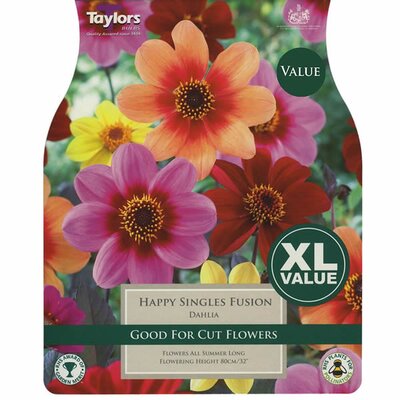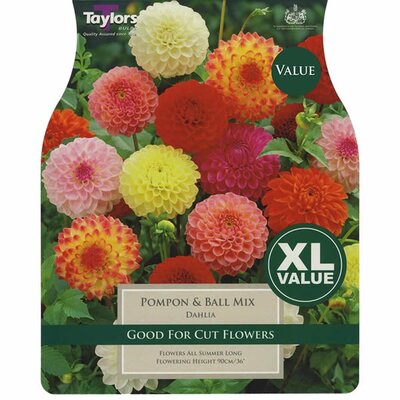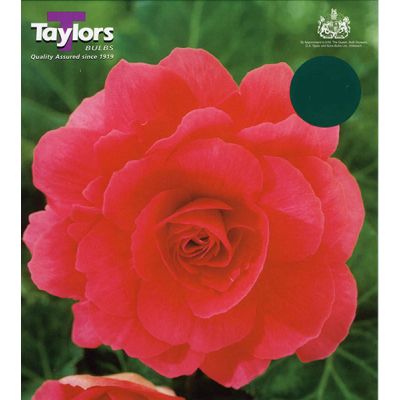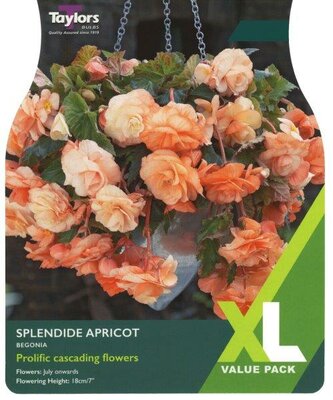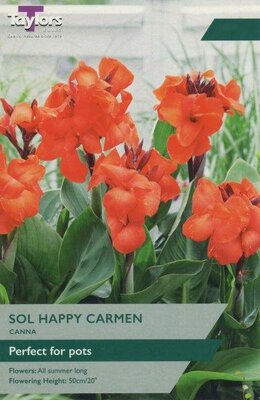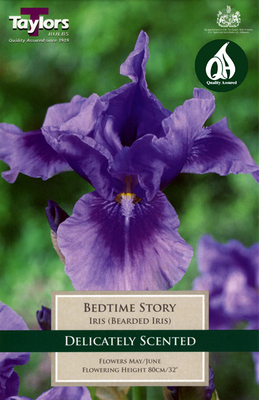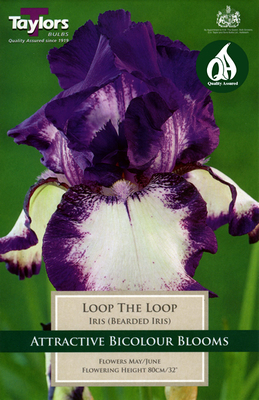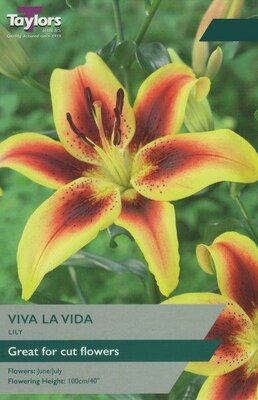Flower Bulbs
Here you will find a changing collection of bulbs throughout the year for autumn and spring planting. Remember, as a general rule, spring-flowering bulbs are planted during the autumn and summer-flowering bulbs are planted in spring. Also don't forget to check out our gardening tools where you will find various bulb planters to help you with the task.
Filter products
Top Tips for Bulbs Planting:
- Buying – When buying your bulbs, choose bulbs that are firm and feel heavy for their size. Reject any that are mouldy, damaged or feel soft.
- Planting Depth – Bulbs generally need to be planted about twice their height depth.
- Group Together – Plant bulbs in groups – odd numbers of bulbs in each group work the best.
Generally the larger the group, the better the display looks. Single bulbs dotted around the garden never seem to make an impact. - Woodland Planting – If you are going for a random effect in a woodland/wild setting, throw the bulbs in front of you and plant them where the land. This helps to avoid a ‘regimented’ look.
- Don’t Mix – Try not to plant a mix of bulbs together unless they are combination. Make sure to check flowering times and heights, as this can often lead to a disappointing show.
- Container Planting – Most bulbs tend to do well in containers. Dwarf varieties will often echo the scale of the container. Miniature daffodils, such as ‘Tete a Tete’ or ‘Hawera’, are good varieties as they do not get blown about or leggy.
Successional Display
Your garden and containers can look sensational for weeks if you choose bulbs for a successional display. Start the season with crocus, then early daffodils (February Gold). Blue-flowered bulbs such as chionodoxa with daffodils and tulips, vibrant Muscari completes the blue theme. Choose a late daffodil (Hawera) for a late display, and contrast with some mid-late season tulips to keep the display going until the alliums start to bloom.
What to do if your bulbs fail to flower!
Where established clumps of your bulbs fail to produce a successful display, follow these simple
steps to help revive them for the following years:
- Water and feed clumps throughout spring, and leave the stalks/leaves to die down naturally.
- Mark the position of underperforming clumps. Make a note in your diary to lift, divide and replant these bulbs in September-October.
- Replant at 3-4 times the depth of the bulb, into soil that has been improved with garden compost. Give each bulb its own space, so that it grows on strongly next spring.
- Repeat this autumn lifting and dividing every three-four years.
Information provided by Taylors Bulbs - You can also download this as a fact sheet: Bulbs: General Planting Advice Factsheet

